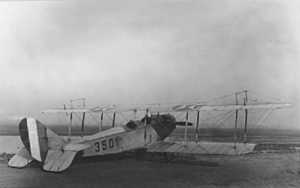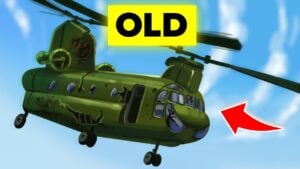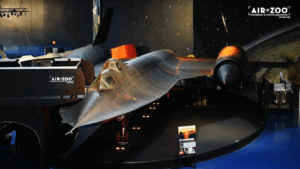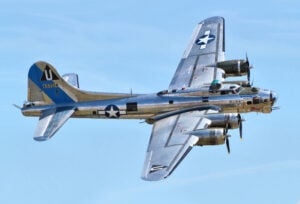The Accidental Paint Mistake That Made U.S. Planes Invisible at Sunrise
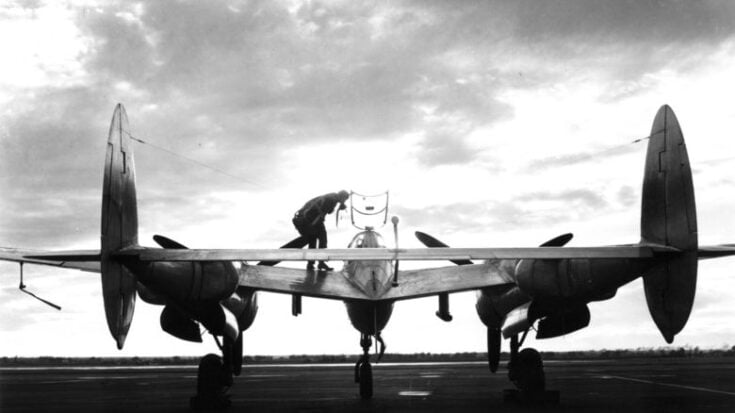
USAF, Public domain, via Wikimedia Commons
A Glare Too Bright
On June 12, 1943, at Lockheed’s Burbank plant, John Northrup examined a freshly polished P38 Lightning. The fuselage gleamed like a mirror, reflecting the morning sun in sharp, blinding flashes. Across the hangar, paint technician Tony Vendetti mixed his latest batch of primer. The texture felt strange, almost chalky, but he applied it to a test panel anyway. As the sun rose through the eastern windows, the difference was immediate. One aircraft reflected light fiercely, while the other seemed to fade, its edges soft against the sky. In the Pacific theater, American pilots had superior aircraft and heavier firepower, yet early morning engagements revealed a critical flaw: the polished aluminum made them highly visible to enemy spotters, giving Japanese forces the first sighting advantage in many encounters.
Reports from June 18 confirmed the danger. Sixteen P38s flying over New Britain were visible from miles away, their silver wings announcing their approach. Despite their superior speed and armament, seven of those aircraft did not return. Pilots were not failing; the problem was how the planes reflected sunlight. Human eyes detect contrast and motion before shape, meaning polished aircraft were often seen long before they could act. Visibility, not performance, determined survival.

A Factory Experiment
Tony Vendetti was a 34-year-old paint chemist who had worked in the Detroit auto industry before joining Lockheed in 1942. His task was to maintain exact pigment density and apply standard zinc chromate primer. Yet polished aircraft reflected too much light, and the engineers dismissed his concerns. Vendetti understood that visibility meant death in combat. On June 14, 1943, he altered the standard mix, increasing pigment density and adding titanium dioxide and fine mica particles. The result was a thick, grayish-blue coating with an unusual matte finish. Any inspector would have rejected it, but Vendetti applied it to test panels and let them cure overnight.
The next morning, he positioned the panels to match a typical flight angle at sunrise. Polished aluminum nearby flashed like mirrors, but his panels absorbed light instead of reflecting it. The surface scattered sunlight in multiple directions, making edges hard to detect. Titanium dioxide absorbed ultraviolet light, and mica disrupted mirror-like reflections. What was a small chemical experiment would soon transform aerial combat.

Testing In Combat Conditions
Vendetti’s coating had to survive extreme conditions. Aircraft faced airspeeds of 400 mph, wide temperature swings, hydraulic fluids, gasoline, and salt spray. The formula added twelve pounds to each plane and reduced top speed by a few miles per hour, but the trade-off for reduced visibility seemed worthwhile. On June 28, 1943, a P38 with the new coating was tested at high altitude. Observers reported it remained difficult to spot against the sky until very close, a stark contrast to the polished standard aircraft. Major Robert De Haven, flying chase, reported that every combat aircraft needed this treatment immediately.
By July, intelligence reports from the Pacific and Europe described American planes that seemed to appear out of nowhere. Enemy observers assumed weather or tactics were responsible, unaware that Lockheed had begun applying Vendetti’s formula to combat aircraft. The 475th Fighter Group deployed coated planes to New Guinea, achieving complete tactical surprise against Japanese airfields. Engagements with Japanese bombers and fighters demonstrated the coating’s effect: first sighting advantage increased, and pilot losses dropped substantially.
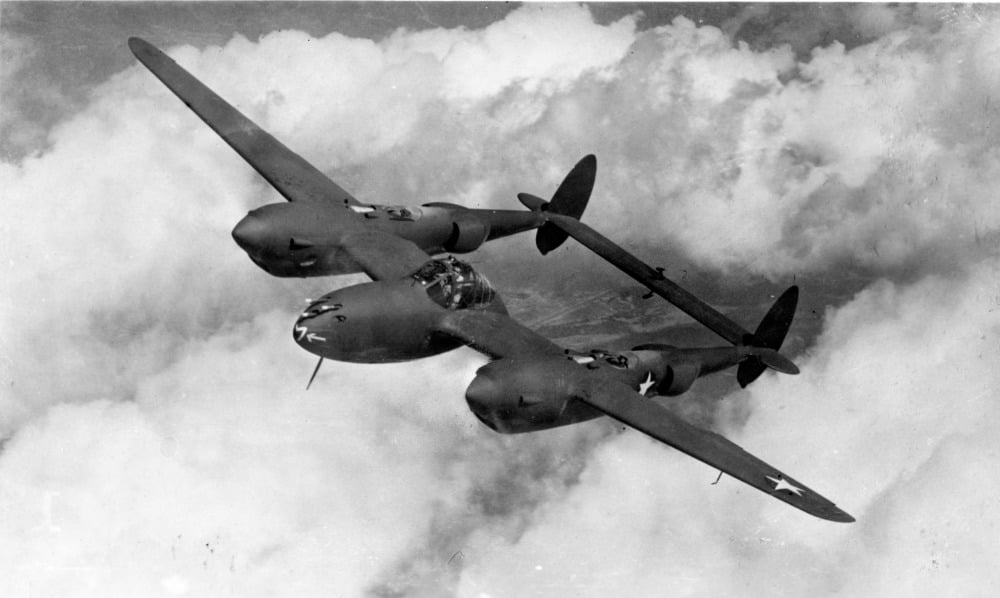
Wider Impact
By October 1943, the U.S. Army Air Force extended nonspecular coatings to all single-engine fighters, and the Navy adopted similar formulations for carrier aircraft. The principle spread to bombers, transports, and training planes, fundamentally changing American military aviation. Coatings reduced visibility without significant performance penalties, giving pilots critical seconds to act in combat. Vendetti never received public recognition, as the formula was classified. He returned to civilian work after the war and kept the innovation private until his death in 1967.
The discovery emphasized that aerial combat was influenced not only by speed, guns, or tactics, but by human perception. The wrong paint, applied by a single technician, shifted the battlefield equation. Today, stealth coatings and low-visibility designs trace their roots back to that unassuming experiment in Burbank, where a gray, matte surface made the difference between being seen and being invisible at sunrise.













